NEED HELP? 9999947194
-
.png) TRIM DOWNLIGHTER
TRIM DOWNLIGHTER -
.png) CONCEALED KORNET LIGHT
CONCEALED KORNET LIGHT -
 LED SPOT LIGHT
LED SPOT LIGHT -
.png) LED MOON LIGHT
LED MOON LIGHT -
.png) LED COBSURFACE LIGHT
LED COBSURFACE LIGHT -
.png) LED COBDOWN LIGHT
LED COBDOWN LIGHT -
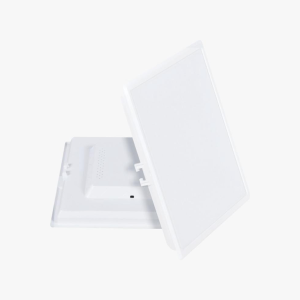 LED BAKELITE PANEL
LED BAKELITE PANEL -
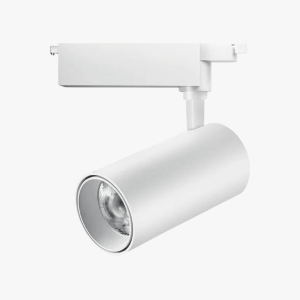 LED TRACKLIGHT
LED TRACKLIGHT -
 LED DEEPLIGHT
LED DEEPLIGHT -
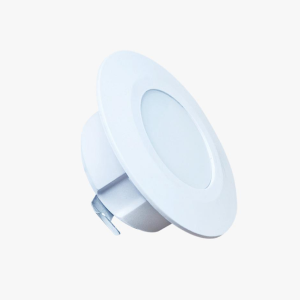 LED MINI DEEPLIGHT
LED MINI DEEPLIGHT -
.png) LED FOOTLIGHT
LED FOOTLIGHT -
 ELECTRONIC IGNITOR
ELECTRONIC IGNITOR -
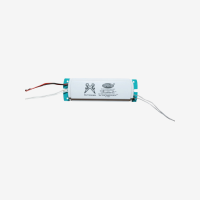 SURGE PROTECTION DEVICE
SURGE PROTECTION DEVICE -
 OUTDOOR SENSORS
OUTDOOR SENSORS -
.png) LED STREETLIGHT
LED STREETLIGHT -
 LED HIBAY LIGHT
LED HIBAY LIGHT -
 WALL GLASSLIGHT
WALL GLASSLIGHT -
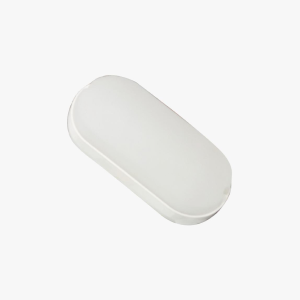 BULK HEAD
BULK HEAD -
 LED UPDOWN LIGHT
LED UPDOWN LIGHT -
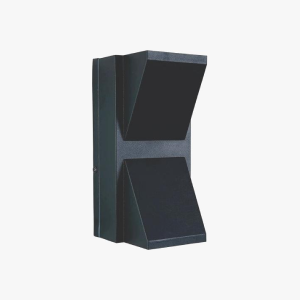 LED K LIGHT
LED K LIGHT -
.png) FOUR WAY WALL LIGHT
FOUR WAY WALL LIGHT -
 LED DRIVER & SPDs
LED DRIVER & SPDs -
.png) LED BULBS
LED BULBS -
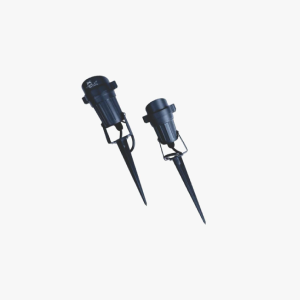 SPIKE LIGHT
SPIKE LIGHT -
 ELECTRONIC BALLAST
ELECTRONIC BALLAST -
 FLOOD LIGHTS
FLOOD LIGHTS -
.png) GATE LIGHT
GATE LIGHT
